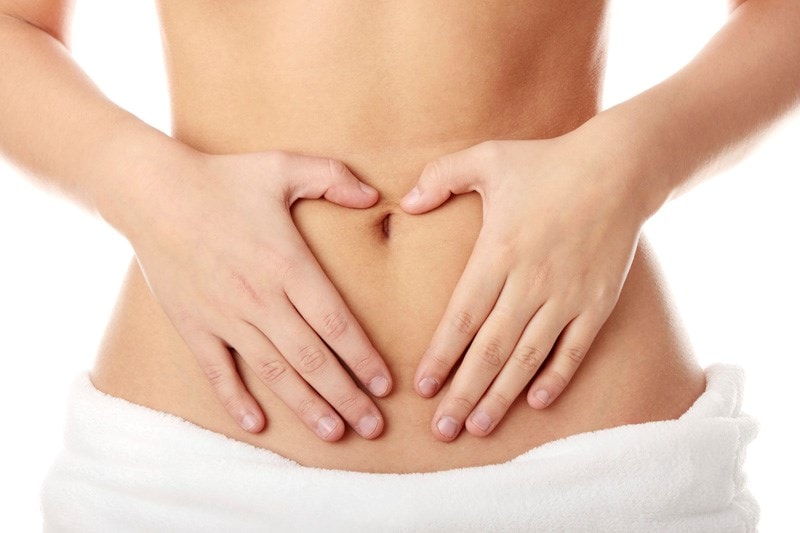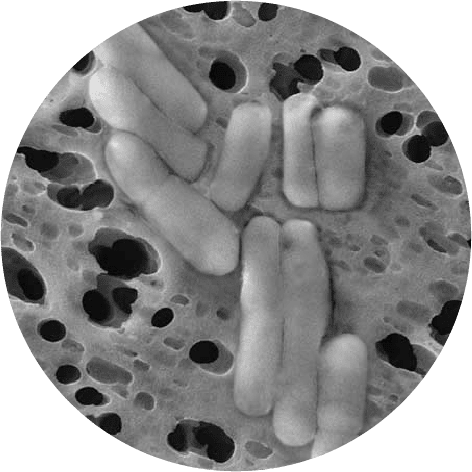Do women's probiotics work in the gut?
As we see a growing number of probiotics on the market which specifically target women, we start to hear this question more and more: can these probiotics also help to support gut health (read more over in the Probiotics Learning Lab), or are their benefits limited to the urinary tract and vagina?
For the purpose of this blog, let's focus on the two most researched and developed probiotic strains in the women's health market; Lactobacillus rhamnosus GR-1® and Lactobacillus reuteri RC-14®. These strains are different to most probiotics in that they have been shown to colonise the vaginal tract rather than in the intestines.
The global bioscience company Chr. Hansen thinks these strains may have some effect on the gut, but that they may not be as effective as other strains which are specifically used (and have been especially researched) to target the gastrointestinal tract. The strains (Lactobacillus rhamnosus GR-1® and Lactobacillus reuteri RC-14®) have been found in faecal samples after administration - so we know that they survive through stomach acidity - however there are no significant clinical trials studying the potential gastrointestinal benefit of these two strains.
Within this article:

How do women's probiotics work?
These specific probiotic strains travel through the digestive system, and into the vagina where they are proven to colonise after one week of supplementation. Once colonised they are then thought to produce H²O² and lactic acid. Lowering the pH and creating a more acidic environment discourages the growth of pathogenic bacteria and promotes an environment where beneficial bacteria can flourish.

Could they work for men too?
Due to the differences in anatomy and a lack of research using male subjects, it is not known whether these bacteria would have any benefits to men suffering from similar conditions. The anecdotal evidence (there have been some men report positive feedback) is extremely interesting but until there is more credible evidence available, for cases of genito-urinary symptoms in men, you might consider a different approach using products with strains such as Lactobacillus acidophilus NCFM® and Saccharomyces boulardii. These strains are selected and known for gut health and work primarily on the intestinal tract, though the theory is that many genito-urinary infections can be caused by bacteria that originate and translocate from the gut. It is worth noting that this is true for both sexes, and so we would ideally suggest that both women and men look at supporting intestinal health in cases of urinary tract infections.
What do the specific strains do?
There have been some research studies to investigate the potential of these two strains in areas outside the urogenital area, such as for intestinal health (e.g. A study linking Lactobacillus rhamnosus GR-1® with protecting children and pregnant women against heavy metals). Whilst it appears that bacteria may have the ability to survive in the intestines, typically the strains used in ‘For women’ appear to thrive best in the intimate area, and have been extensively clinically trialled and shown to offer proven benefits for intimate health. Healthcare professionals looking at women's probiotics to help support vaginal health, should always therefore consider whether their patient also needs a separate high quality, multi strain probiotic to support gut health in addition.

But ultimately, everyone’s intestinal health is extremely different – the composition of the gut, and vaginal, microbiome is as unique as a fingerprint – so it’s up to health practitioners to experiment and develop a clear understanding of what would work best for each specific individual.
For more information, check out our FAQ over in the Probiotics Learning Lab, Which probiotics are best for women?
References
- Bisanz JE, Enos MK, Mwanga JR, Changalucha J, Burton JP, Gloor GB, Reid G. 2014. Randomized open-label pilot study of the influence of probiotics and the gut microbiome on toxic metal levels in Tanzanian pregnant women and school children. mBio 5(5):e01580-14. doi:10.1128/mBio.01580-14.
